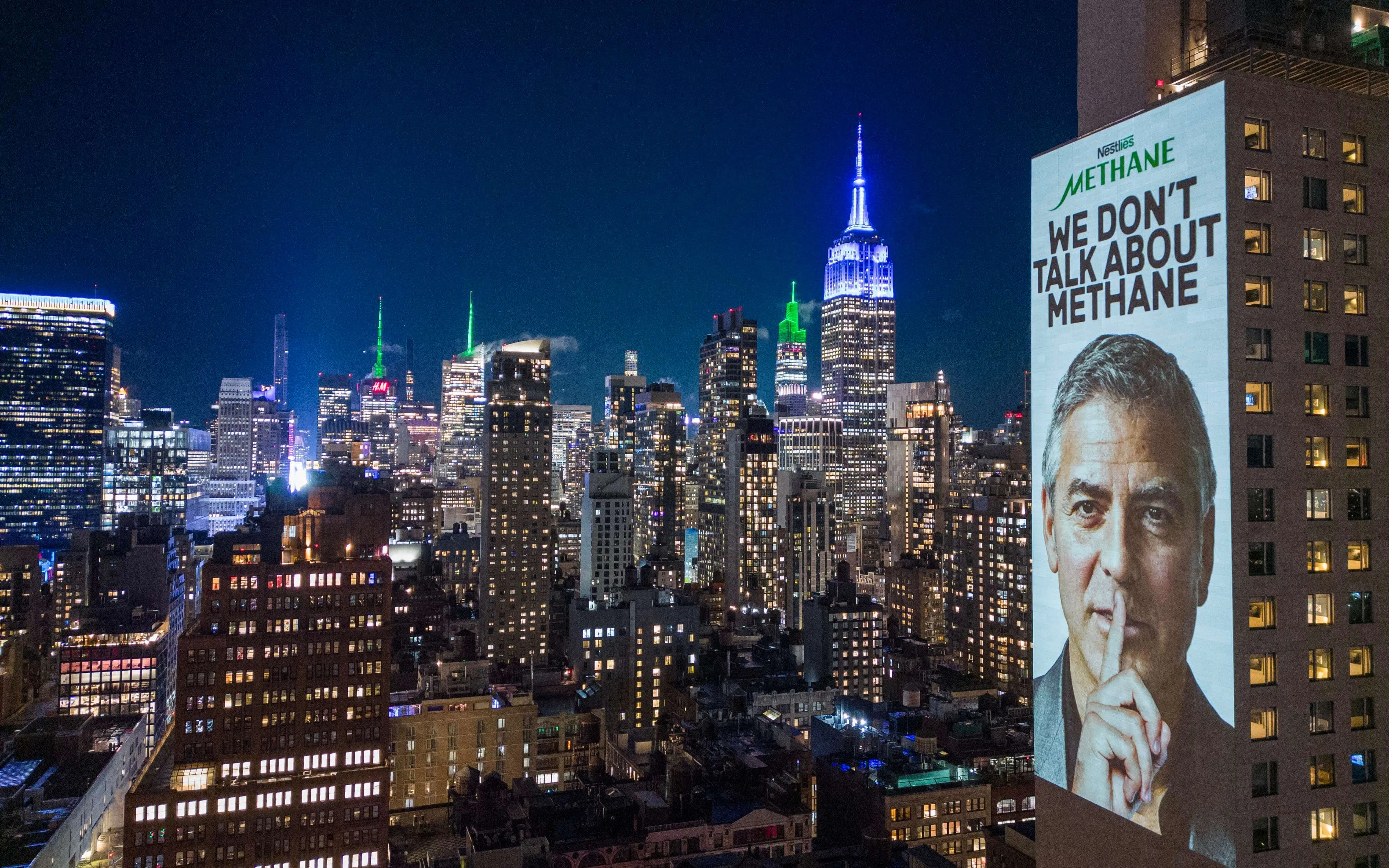
Nusa Urbancic, CEO, Changing Markets Foundation, investigates Nestlé’s lack of climate action. If they are serious about tackling climate change Nestlé and other food companies have to deliver more ambitious action on methane
2022 broke records for extreme weather events, with droughts, forest fires and floods wreaking havoc across the globe. A leading contributor to the climate crisis, animal agriculture is responsible for approximately 21% of the world’s greenhouse gas (GHG) emissions and is the biggest single emitter of anthropogenic methane.
According to the International Energy Agency, methane is responsible for approximately 30% of the rise in global temperatures post-industrial revolution. As such, reducing methane emissions is critical to tackling near-term warming. The Global Methane Pledge, which has been signed by 150 governments globally, seeks to reduce emissions by 30 per cent from 2020 levels by 2030. Yet despite growing pressures for businesses to align themselves with the pledge, industry inaction has led to growing concerns. From the biggest dairy companies, only Danone has aligned themselves with the Global Methane Pledge.
Nestlé, for instance – one of the world’s largest food companies – continues to fall short to act on methane, despite its admission that meat and dairy ingredients are the biggest source of greenhouse gas (GHG) emissions for the company. Despite its well-publicised net-zero plan, Nestlé is not on track to achieve 50% reductions by 2030, as outlined in a comprehensive report released by the Changing Markets Foundation and Mighty Earth earlier this year, Nestle’s Methane Blindspot. In spite of this, Nestlé continues to promote itself as a sustainability leader and is currently co-sponsoring Climate Week NYC alongside PepsiCo and Unilever – all three of which have been consistently named among the top plastic polluters in the Break Free from Plastic Brand audits.
Nestlé’s net-zero plan favours optics over action
As the biggest emitter of greenhouse gases in the fast-moving consumer goods industry in 2022, Nestlé has a lot of work to do to reshape its operations. Indeed, our report found that, out of nine recommendations laid out by the UN Secretary General-backed report, Integrity Matters, Nestlé’s net-zero plan completely failed four of them and only partially met the remaining five.
Furthermore, Nestlé reported a 6.4% reduction in greenhouse gas emissions in its 2022 sustainability report, however, when considering the 2018 baseline, this figure stands closer to 1%. Meanwhile, a Planet Tracker study found that Nestlé’s predicted 2030 emissions could in fact exceed what is recommended by the Science Based Targets initiative by as much as 99%. It is therefore clear that Nestlé employs misleading statistics to overemphasise its efforts and distract from its lack of action.
Cutting methane emissions has been recognised among the most important strategies in limiting global warming to 1.5˚ C, however Nestlé’s net-zero plan does not include a methane-specific target nor does the company report methane emissions separately. This is especially concerning given methane represents a significant chunk of the emissions from its dairy portfolio: our estimates suggest that Nestlé emits twice as much methane as Switzerland’s entire livestock sector.
Instead of focusing on rapid emissions reductions, Nestlé is putting all its eggs into one basket: vaguely defined regenerative agriculture. While regenerative agriculture is important to improve farming practices and promote solutions, such as agroforestry, the lack of transparency makes it very unclear what climate implications these measures will have. Consequently, the 2023 Corporate Climate Responsibility Monitor predicts that Nestlé will only deliver 16-21% reductions by 2030.
What corporate inaction means for the future
The World Meteorological Organization recently predicted a 66% likelihood that the average global temperature will exceed 1.5˚ C of pre-industrial levels between 2023 and 2027 for at least one year. Crossing this threshold could trigger a range of climate tipping points, leading to large-scale and often irreversible changes to the environment. For this reason, rapid reductions in methane emissions are now more important than ever.
Importantly, a failure to control GHG emissions could spell bad news for the dairy sector itself. Recently-published research in Environmental Research Letters, for instance, found that over 1 billion cows worldwide could suffer from heat stress by the turn of the century should warming exceed 4˚ C – with cattle in tropical regions expected to fare worst, suffering year-round. This would decrease animal welfare, increase mortality rates, and affect farmers livelihoods, as it would affect milk production.
Since the publication of the Changing Markets report, Nestlé has announced its intention to discontinue the use of carbon neutral labels for its brands. Yet nothing more has been done to meet the report’s demands, which include setting a specific methane reduction target of at least 30% by 2030 in line with the Global Methane Pledge, with separate reporting on methane emissions, and clarifying what role the regenerative agriculture and the shift to plant-based products play in its climate plan.
If Nestlé really wants to be seen as a climate leader and proudly sponsor climate events, such as the Climate Week NYC, it must first do its homework and update its climate plan with a clear focus on reducing emissions and improving transparency. Cutting methane and accelerating the transition towards plant-based products should be seen as priorities in order to stay on the 1.5˚ C trajectory, a temperature goal that has been universally agreed upon in the 2015 United Nations Paris Agreement. As a major contributor to global warming, it is crucial for Nestlé to align itself with scientific consensus and invest in scientifically proven climate solutions.



Add new comment